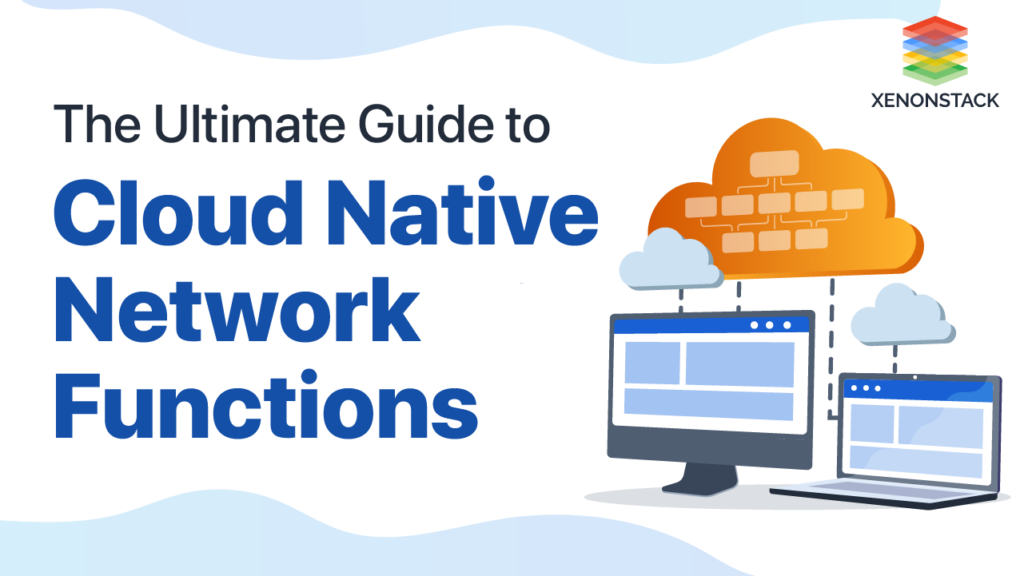Networked tuners allow you to seamlessly watch, record, and stream free over-the-air TV across all your home devices.
Just connect an antenna to the tuner and access live channels anywhere via your home network.
Modern tuners integrate DVR capabilities to pause and record shows to a storage drive and provide on-demand playback later.
Built-in streaming features let you view live TV on laptops, phones, and tablets in addition to smart TVs.
Networked tuners eliminate the need to run long coaxial cables from the antenna across rooms.
This article covers the working of tuners, types of tuner hardware available, key features to compare, installation considerations, streaming options, using tuner DVR capabilities, troubleshooting issues, and common questions about networked tuners for home entertainment.

How do Networked TV Tuners Work?
A networked TV tuner receives over-the-air (OTA) digital broadcast signals through a connected antenna. It encodes or transcodes these signals so they can be transmitted over regular IP-based home networks.
This allows devices like smart TVs, streaming players, gaming consoles, computers, phones, tablets, etc. with the tuner app installed to play live TV and recorded shows from the tuner anywhere in your home.
The tuner converts OTA broadcast content to on-demand streaming content accessible throughout the home via WiFi or Ethernet connectivity. Multiple devices can stream concurrently from the networked tuner.
Hardware Device Options for Networked Tuners
Some popular networked DVR tuner hardware choices are:
- Tablo DVRs – Reliable plug-and-play tuners with WiFi and apps for all platforms.
- HDHomeRun Tuners – Flexible tuners able to stream RAW OTA signals on the network which third-party DVR software can access directly.
- Channels DVR – Combines server hardware and DVR software into a unified solution. Based on HDHomeRun.
- Plex DVR – Plex DVR allows the use of existing HomeRun tuners for recording and streaming live TV to Plex media apps.
- tvHEADEND – Open source software DVR backend that works with USB or HDHomeRun tuners. More complex to configure.
Important Features to Look for in a Tuner
Some key specifications and capabilities to consider when selecting a networked tuner:
- Number of tuners – More tuners allow recording multiple shows simultaneously.
- Video quality – HD, 4K, H.265 compression support for bandwidth efficiency.
- DVR storage – Onboard storage vs external USB support.
- Streaming protocols – Support for DLNA, UPnP, Airplay, Chromecast etc.
- Live TV pause and playback – Timeshift support if no DVR storage is present.
- Apps and device support – Streaming apps are available across various smart TV, mobile, and streaming platforms.
- Commercial skipping – Ability to automatically remove ads from recordings.

Setting Up and Connecting the Networked Tuner
Follow these steps to get your networked tuner setup operational:
- Position the OTA antenna optimally towards broadcast towers to maximize signal reception. Consider outdoor roof mounting.
- Connect the antenna to the tuner box via a coaxial cable and amplify the signal if required.
- Connect the tuner to your home router or switch via Ethernet for connectivity.
- Attach an external USB drive for DVR storage if supported. Some tuners have onboard storage.
- Complete the setup process on the tuner admin interface like scanning for channels, setting up your WiFi network SSID and password, etc.
- Download and install tuner apps on devices like smart TVs, mobiles, and PCs where you want to watch and access the recorded content.
- Launch the app and point it to your networked tuner by IP address to begin streaming live TV and recordings.
Tips for Smooth Streaming Performance
Some tips for optimizing streaming TV from the networked tuner across home devices:
- Connect the tuner to the router via Ethernet instead of WiFi for reliability.
- Enable QoS on the router to prioritize tuner traffic.
- Reduce WiFi interference between devices by positioning on a 5Ghz band instead of 2.4Ghz.
- For tablet and smartphone streaming, use 5Ghz WiFi or a wired connection to the router.
- Start with the default streaming profile, then adjust quality settings based on your network bandwidth.
- Turn on the auto-optimize option if available to dynamically adjust stream quality.
Leveraging Integrated DVR Capabilities
Built-in DVR functionality in modern networked tuners allows: Scheduling recordings for your favorite shows. Setting recordings to run longer to account for overtime events.Recording the entire series automatically with one click.Managing recording priorities in case of conflicts.Watching recordings from the on-demand library.Skipping commercials with auto-skipping feature.Transcoding recordings to mobile format for offline viewing.
Troubleshooting Common Tuner Issues
Some frequent issues and solutions with networked TV tuners include:
- Choppy streaming – Position the antenna for maximum signal strength. Add signal amplifier. Improve home network bandwidth.
- Missing channels – Rescan for channels on the tuner interface. Adjust antenna positioning. Amplify weak signals.
- Can’t discover tuner – Ensure tuner and streaming device WiFi networks match. Check the IP address. Reboot tuner and modem/router.
- Recording failures – Attach a larger external USB drive. Ensure enough free space for recordings.
- Lost recordings – Set up scheduled backups of recordings to another device in case the drive fails.
- Slow guide data – Ensure tuner firmware is up-to-date. Slow internet can delay updates.

Frequently Asked Questions (FAQ)
Q1. Can I stream OTA channels on all devices simultaneously through the tuner?
Ans. Yes, most networked tuners can stream live TV to several devices concurrently. The actual number depends on tuner hardware capability and available home network bandwidth.
Q2. Does weather affect OTA TV reception with networked tuners?
Ans. Yes, weather conditions like heavy rain, snow, or wind can potentially cause temporary signal quality issues and intermittent connectivity. Using a signal amplifier and optimally positioned high-gain antenna provides stability.
Q3. Can I watch recordings offline without connectivity to the networked tuner?
Ans. Certain tuner apps allow syncing recordings to your mobile device over WiFi for offline viewing later without needing continuous connectivity to the tuner. Useful for air travel or commutes.
Q4. How many recordings can I store on the average?
Ans. The number of recordings supported depends on tuner storage capacity. For example, a 1TB drive allows 200-300 hours of HD recordings. Recording capacity reduces for longer 4K recordings.
Q5. Can I stream OTA channels outside the house over the internet?
Ans. Most networked tuners only enable streaming locally within the home network over WiFi or Ethernet. Streaming remotely over the internet requires additional configuration like port forwarding.




